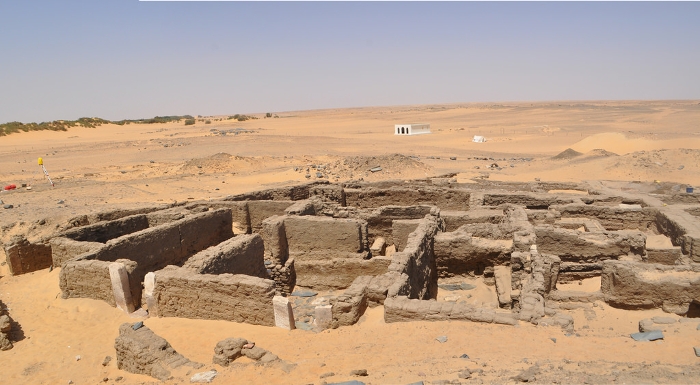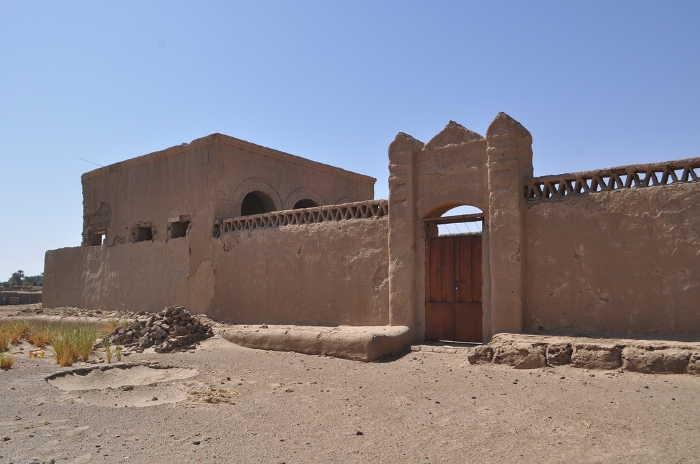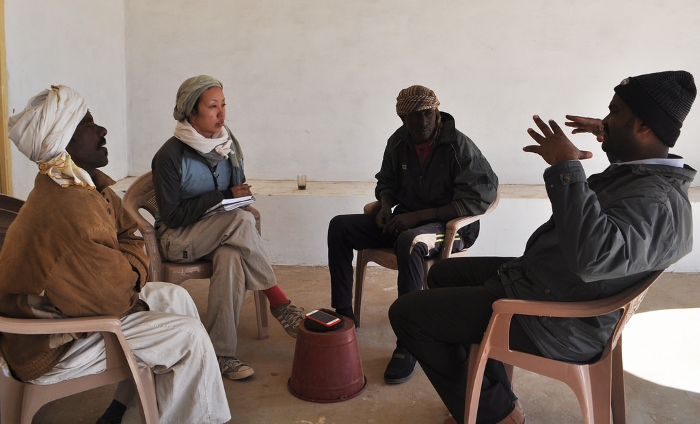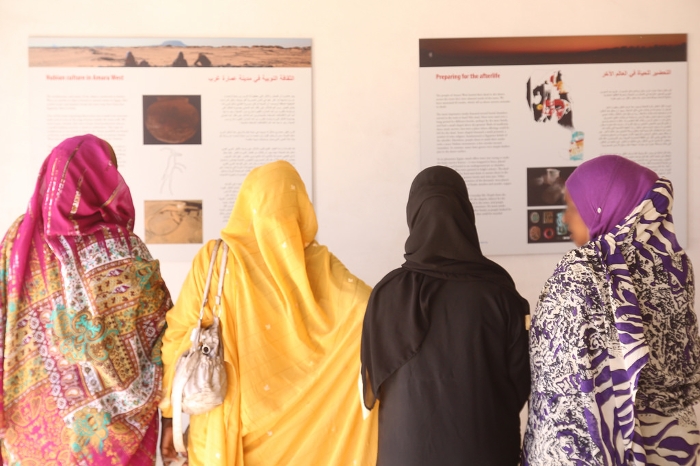Research project
Valuing archaeology
Past, Present and Future of Nubian Communities in Sudan
- Duration
- 2016 - 2020
- Funding
-
 Toyota Foundation
Toyota Foundation
Short abstract

This project explores the relationship between archaeology and local communities in the modern Nubian region of northern Sudan, in order to elaborate an alternative approach to archaeological practices and heritage management that foregrounds local context.
Research question

How does archaeology (research and the physical remains at sites themselves) interact with local community and vice versa in Sudan?
How archaeology is narrated by the local communities in relation to the local history and Nubian heritage?
Through identifying social value of archaeology in Sudan, how can archaeology be socially relevant and beneficial to the modern Sudanese society?
Project description
Archaeology, heritage and the present society
Archaeology is a study of the past but it is a dynamic practice conducted by specialists within the present society. This notion highlights the need of archaeologists to be sensitive to the time and context in which they practice their work. In cultural heritage studies, an emphasis on physical or material aspects of heritage is criticised as imposing a Western concept of heritage. Increasing recognition of values and intangible heritage reconceptualises heritage and decolonises heritage practices, especially by integrating local and indigenous perspectives.

This project aims to explore the role of archaeology based on its value and intangible aspects narrated among the local communities, and through understanding the relationship between archaeology and the local communities, in the context of Sudanese Nubia. Finally, it aims to elaborate an alternative approach to heritage management and archaeological practices which centres around the local heritage landscape rather than the sites, in the multicultural, multiethnic society of Sudan.
The implications of this contribution are not limited to public archaeology, heritage management and the archaeology of Sudan, as it will also shed light on today’s critical social issues at local, national and global levels. How can the study of and care for the remains of the past take into account the rights of the local community as an ethnic minority group, how can they contribute positively to heritage management in the context of socio-economic development and - one of the most immediate and important global issues today - to local identity and cultural awareness.
The Nubian communities in Sudan
In Nubia, numerous archaeological remains, from Neolithic (c.5000 BC) to the Independence of Sudan in 1956, are preserved for millennia and archaeological expeditions have been active at many sites over the last century. Most people who live in the modern Nubian region in Sudan, the Nubians, are known to hold a strong identity in their cultural heritage. Memories of loss of their homelands and heritage under the reservoir of the Aswan High Dam in the 1960s are shared and are recently revived by further development threats among them. Although the Nubians may recognise significance of archaeology as a part of Nubian heritage, excavations and narratives of the past have been an exclusive practice of archaeologists and the national authority in Sudan until some efforts to engage with the different Sudanese communities began in the last few years.

Oral histories, literature and engagement
This project comprises of four research components – ethnographic fieldwork; analysis of academic and non-academic literatures, including blogs, social media and websites written about and/or by the Nubians and Sudanese; archival studies of previous archaeological expeditions in the fieldwork area; and undertakings of outreach and collaborative programmes with local communities in the vicinity of Amara West - an pharaonic Egyptian settlement in Nubia - namely, town of Abri, villages of Amara East and Ernetta Island. Part of the collaborative education programme will be funded by The Toyota Foundation. A comparative ethnographic fieldwork will be conducted at Kerma, further south of the Nubian region in Sudan.
